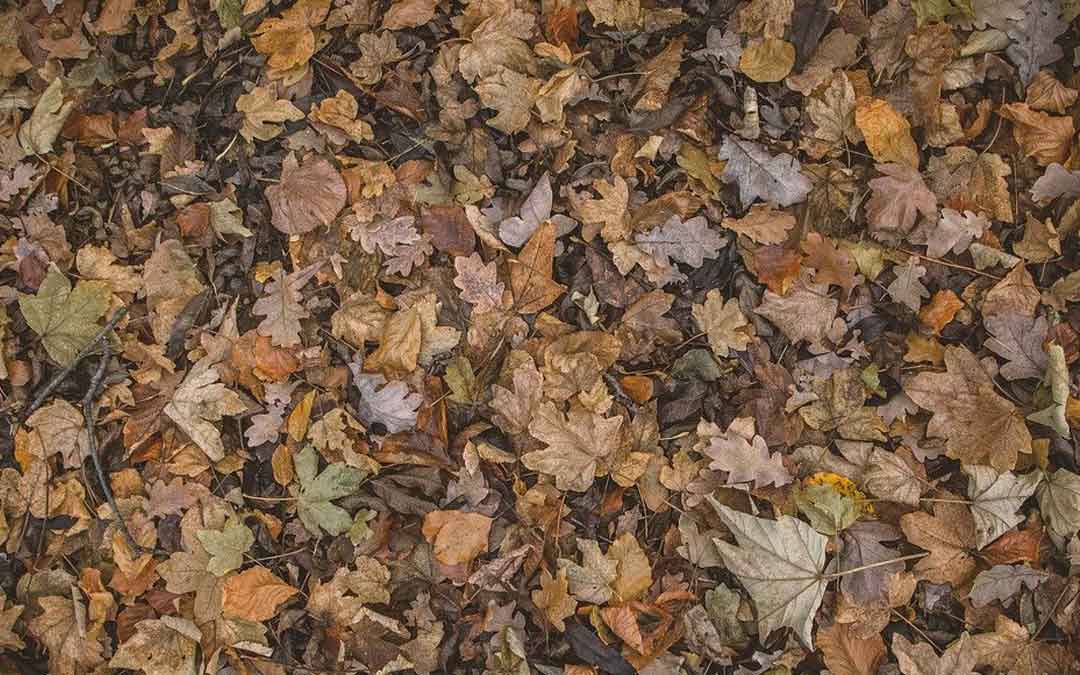Quick composting of autumn leaves

Nature is currently providing us with an abundance of raw nutrients for next season’s garden in the form of leaves and grass clippings, both excellent ingredients for composting.
Deep rooted trees pull trace minerals from deep in the soil and deposit them in their leaves with an efficiency of up to 80%. Leaves contain twice as many minerals as the same weight of manure.
The main problem with using leaves is that they mat and this creates a barrier to air circulation and water absorption and consequently slows the composting process or in some cases stops it altogether. There is an easy solution to this: mow or shred your leaves. This reduces their size and creates many leaf edges that are then easily accessible to microbes that break down the leaf structure. A rotary mower or a shredder or even a whipper snipper will do the job.
To begin your compost heap, select a site directly on soil and start building layer by layer. Begin with a layer of shredded leaves about 100 – 150mm thick, then add 50 -100mm of fresh grass clippings. By the next day the clippings will have created considerable heat. Add some animal manure in a layer either a couple of mm deep, if bought commercially such as blood and bone or dynamic lifter, or 100mm, if fresh. Fermented vegetable scraps can be added next (such as the contents of a Bokashi bin). Bokashi mix is full of microbes and a scattering of this alone will speed up composting.
Repeat these layers until the heap is 1 – 1.5m high and has a similar width and depth. Make sure you water each layer as dry material will not compost. Add a ‘heavy’ layer to the surface to prevent any leaves blowing away – this could be soil, hessian bags or chicken wire.
The final step is to turn your heap regularly and as the leaves are light this won’t be heavy work. Leave the heap for a fortnight, then turn every 3 days for rapid composting until you have a rich, black humus which you can either dig into your soil or add as a layer of mulch.
Written by Robin Gale-Baker. First published in the Local Food Connect newsletter.
